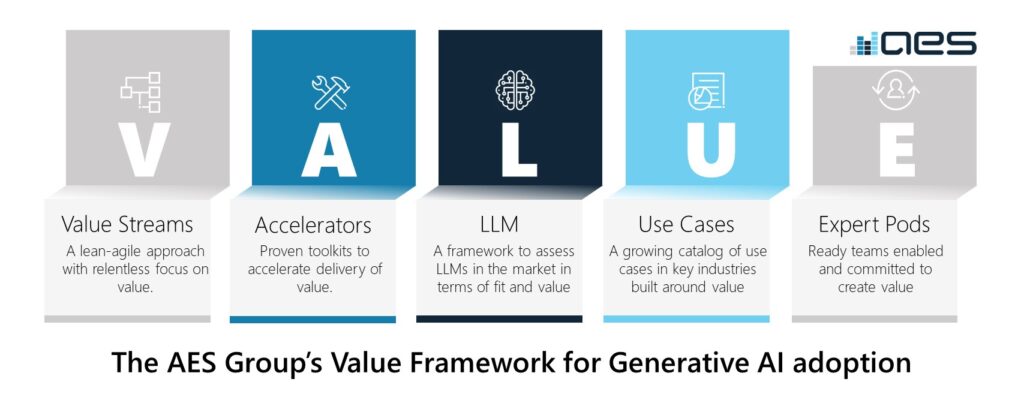Traditional methods of fraud detection and prevention, which often rely on predefined rules and manual reviews, are not always effective in identifying these complex fraudulent schemes and scams. As a result, financial institutions face substantial financial losses and damage to their reputations. According to Federal Trade Commission, consumers reported over $10 billion in fraud losses in 2023, a 14% increase from 2022 and the first time losses have reached this benchmark. But GenAI can help solve this issue.
How can GenAI help in fraud detection and prevention?
GenAI, is promising to solve the challenges of fraud detection and prevention in finance. By leveraging advanced algorithms and vast amounts of data, GenAI can provide real-time analysis, pattern recognition, and adaptability, significantly enhancing the capabilities of traditional methods.
1 |
Real-time Analysis |
| GenAI enhances fraud prevention by continuously monitoring financial transactions, improving detection accuracy by over 50% compared to traditional methods. It also streamlines financial reporting, automating data assembly and calculations, freeing analysts for strategic tasks and accelerating insights. | |
2 |
Pattern Recognition |
| GenAI analyzes real-time transaction data, detecting fraud by identifying patterns often missed by traditional systems. According to Concentrix, AI algorithms continuously learn from new data, improving accuracy and security in business operations. | |
3 |
Adaptability |
| GenAI’s adaptability allows it to evolve with emerging fraud tactics, reducing undetected fraud by 30% compared to static systems, according to McKinsey. This flexibility is crucial for staying ahead of sophisticated schemes. |
What Are Its Risks?
While GenAI offers substantial benefits for fraud detection and prevention, it also presents several risks that must be carefully managed. The most critical risks are discussed below.
1 |
Generation of False Positives and Negatives |
| GenAI systems must maintain high accuracy in fraud detection to avoid costly errors. False positives, where legitimate transactions are flagged, and undetected fraud cost $443 billion annually, according to Aite-Novarica, leading to financial losses and reputational damage. | |
2 |
Model Vulnerabilities and Exploitation |
| GenAI models can be vulnerable to fraudsters who manipulate inputs to misclassify fraud as legitimate. Additionally, models trained on specific datasets may struggle to generalize to new data, leading to poor performance against evolving fraud techniques. | |
3 |
Ethical and Privacy Concerns |
| GenAI systems require large datasets, often containing sensitive information, making privacy and security crucial. Data breaches pose legal and reputational risks, while biases in training data can lead to unfair, discriminatory practices, such as disproportionately flagging certain demographics as fraudulent. |
To proactively mitigate these risks and maximize the benefits of GenAI in fraud detection and other critical business processes, The AES Group has established its VALUE Framework for GenAI adoption. The framework brings together five key elements in creating business value from GenAI while effectively managing its inherent risks.

In summary, GenAI holds great promise for enhancing fraud detection in the financial sector through real-time analysis, pattern recognition, and adaptability. However, managing its inherent risks is crucial. Addressing these risks allows financial institutions to leverage GenAI to protect against fraud, improve operational efficiency, and build customer trust. GenAI indeed can be one of the best tools for fraud detection and prevention in the finance industry.
